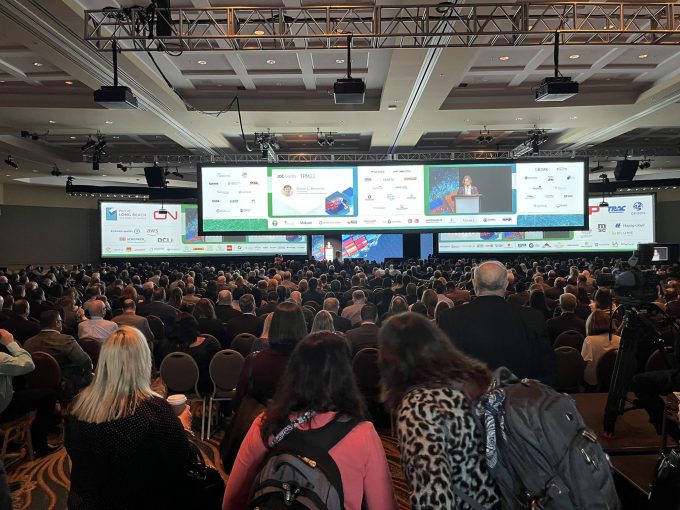Transpacific rates ease as capacity boost proves too much for trades to digest
Transpacific rates, specifically for US West Coast-bound cargo, are at last showing signs of correction ...

Shippers and BCOs have come out in force to attend TPM22 in Long Beach, California, this week and want to leave with improved visibility of the current “supply chain mess”.
It’s a supply chain crisis that has hobbled timely delivery of products to retail shelves and ...

Comment on this article